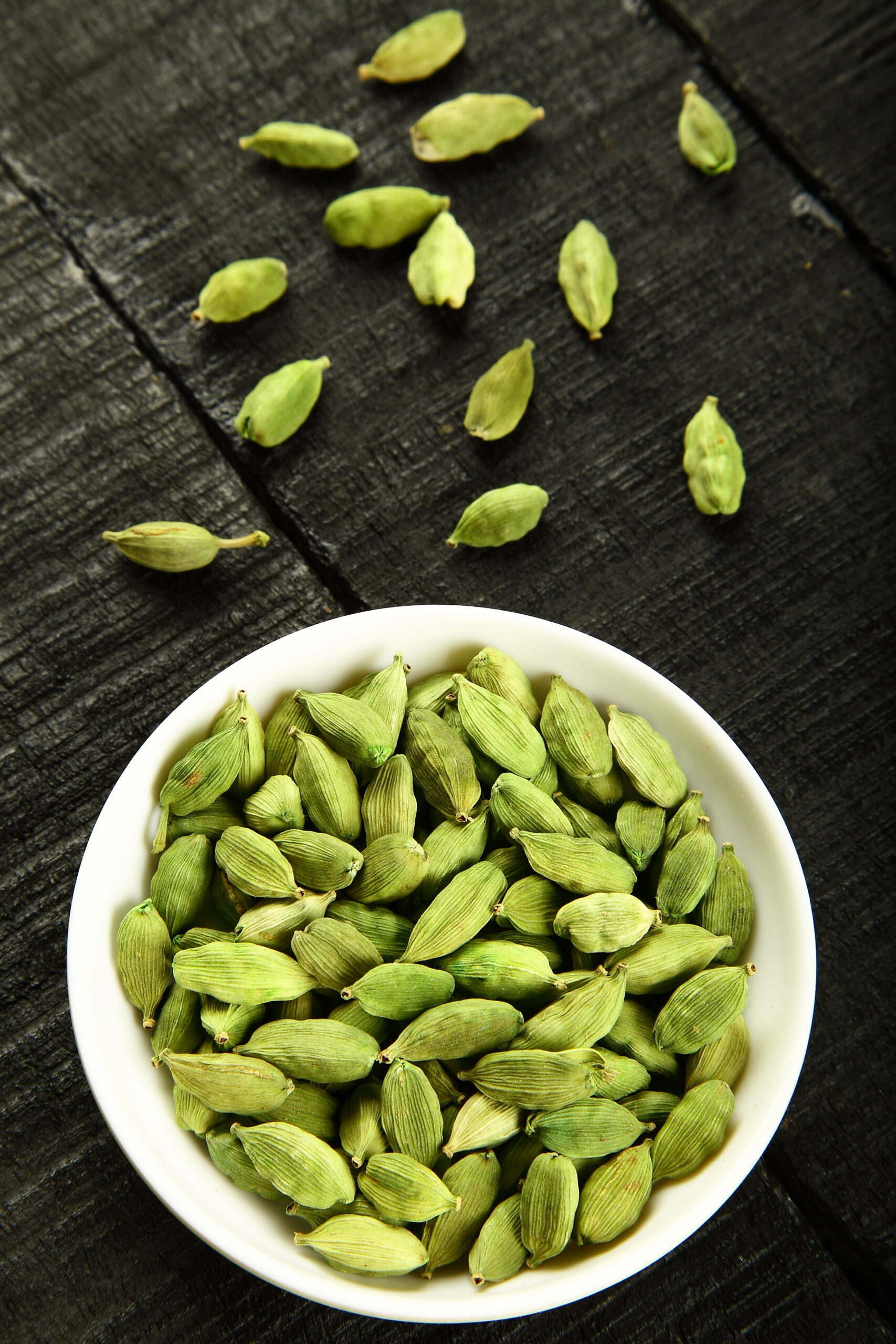 Bright and aromatic with a citrusy-sweet edge, green cardamom is one of those spices that makes almost anything taste better. A pod or two can transform rice, warm up a cup of coffee, or bring depth to cakes and cookies. It’s one of the few spices that moves easily between sweet and savory dishes.
Bright and aromatic with a citrusy-sweet edge, green cardamom is one of those spices that makes almost anything taste better. A pod or two can transform rice, warm up a cup of coffee, or bring depth to cakes and cookies. It’s one of the few spices that moves easily between sweet and savory dishes.
Yet for all its flavor, green cardamom still doesn’t get the attention it deserves in many kitchens. That’s worth changing.
What Is Green Cardamom?
Green cardamom comes from the Elettaria cardamomum plant, part of the ginger family. Native to southern India and now also grown in places like Guatemala and Sri Lanka, it’s recognized by its bright green pods filled with tiny black seeds.
The pods themselves are edible, but most of the flavor is in the seeds. Because of its distinctive aroma and versatility, green cardamom is often called “the Queen of Spices.” One taste in your cooking and it’s clear how it earned the title.
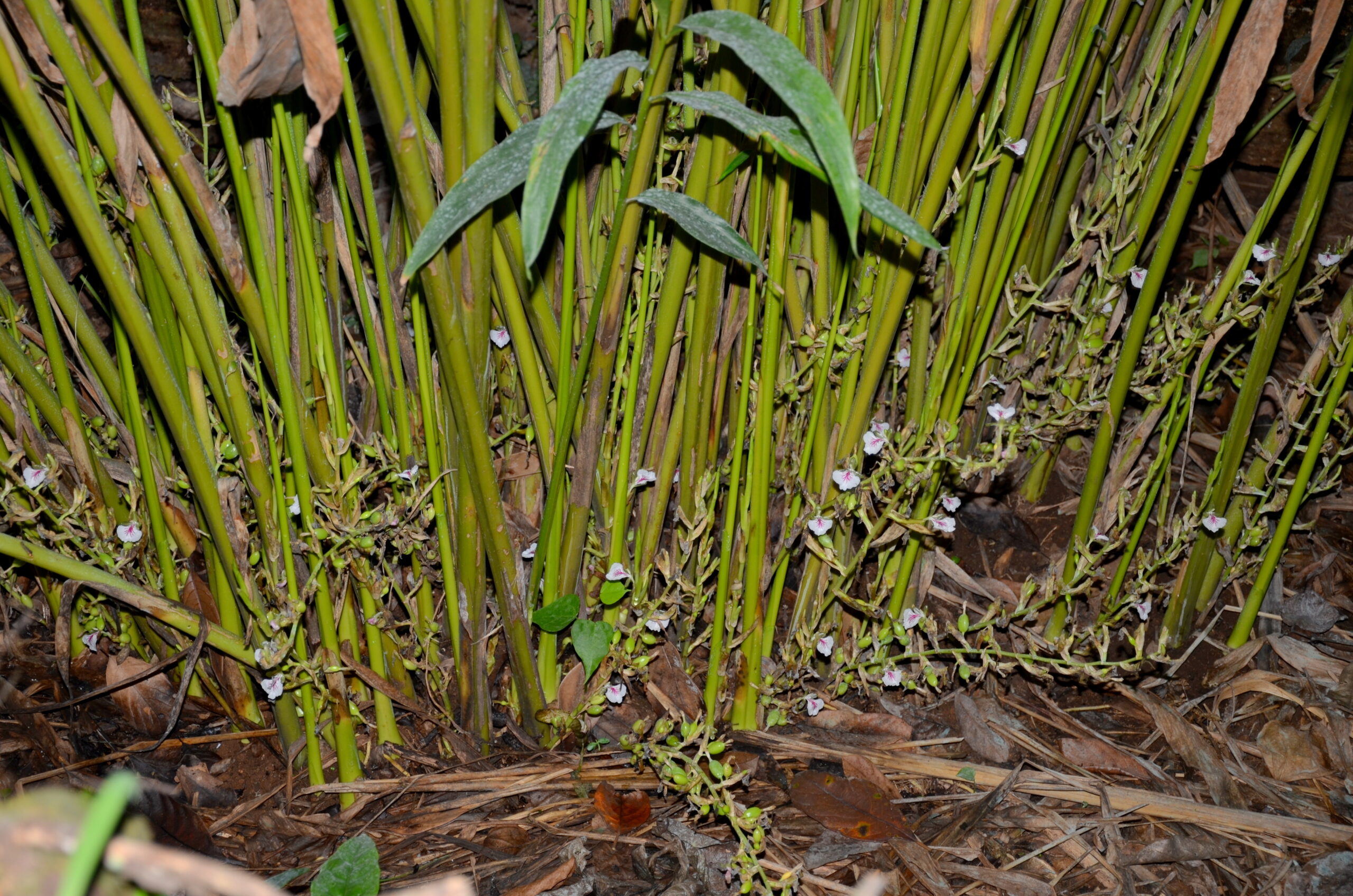
Popular Forms You’ll Find It In
Green cardamom is available in a few versatile forms, each with its own use and benefits:
-
Whole pods: The most flavorful and long-lasting option. Use them in teas, rice dishes, or to infuse liquids. Lightly crush them before cooking to release the aroma.
-
Seeds only: These are removed from the pods and used when you want the flavor without the outer shell. Great for grinding fresh or using in spice blends.
-
Ground cardamom: Convenient and easy to use in baking or spice rubs, but it loses its strength quickly. Buy in small amounts and use it soon.
-
Cardamom extract or oil (less common): Used mostly in sweets or beverages for a concentrated hit of cardamom flavor.
For top-notch taste, go with whole pods. give them a quick crack right before cooking.
Quick Facts About Green Cardamom
- Flavor: Sweet, floral, with a light citrus note
- Best in: Chai, coffee, desserts, biryanis, and curries
- Use tips: Crack pods to release seeds; use whole for gentle flavor or ground for intensity
- Also known as: The Queen of Spices
- Storage: Store pods in an airtight jar, cool and dark; grind only when needed
What Green Cardamom Tastes Like
It’s sweet, floral, and slightly citrusy, with hints of mint, eucalyptus, and a whisper of spice. The aroma is fresh and uplifting, almost perfume-like, but not overwhelming. Bite into a seed and you’ll notice a gentle heat that warms rather than burns. This complexity makes it incredibly versatile.
It’s one of those rare spices that feels both comforting and luxurious in the same bite.
Culinary Uses Around the World
It might be best known for spicing up tea, but green cardamom’s true reach spans continents and countless dishes.
-
In Middle Eastern and Persian cuisine, it’s added to rice dishes, spiced meats, and even coffee—giving a warm, aromatic edge that’s instantly comforting.
-
In Scandinavian baking, it’s the star of sweet breads like Finnish pulla and Swedish kardemummabullar (cardamom buns). It adds a cozy, spiced note that’s different from cinnamon or nutmeg.
-
In South & Southeast Asian cooking, you’ll find it in spice blends for curries, soups, Zarda (Sweet rice), and stews—often paired with coconut milk or ginger for a fragrant base.
-
In global desserts, it’s used in puddings, custards, spiced cookies, and ice creams to elevate sweetness with a delicate herbal twist.
It also sneaks its way into craft cocktails and herbal teas, proving that this little pod can do much more than season your tea.
Cooking With Green Cardamom
Green cardamom is a flavor booster, but a little goes a long way. Here’s how to make the most of it:
-
Use whole pods to infuse: Toss a few lightly crushed pods into boiling water, rice, stews, or even milk. They release flavor slowly and gently.
-
Use the seeds when you want stronger flavor: Pop open the pods and grind the seeds just before using. Perfect for spice blends, baking, or coffee rubs.
- Grind the seeds fresh. If a recipe calls for ground cardamom, grinding your own from the seeds gives way more flavor than store-bought powder.
-
Ground cardamom = convenience + caution: It’s super handy but strong. If a recipe doesn’t say how much to use, start with ¼ teaspoon and taste as you go.
- Infuse, don’t overcook. For drinks or slow-cooked dishes, add it early and let it steep. But in baking, mix it in just before cooking to preserve its aroma.
Whether you're baking cookies or steeping a cup of tea, cardamom brings a bright, aromatic layer that makes everything feel a bit more special.
Green Cardamom in Herbal Remedies and Wellness
Green cardamom has been part of traditional wellness practices for centuries—and not just because it smells amazing.
-
Digestive support: It's often used in herbal blends to ease bloating, gas, or stomach discomfort. The essential oils in cardamom help relax muscles in the gut and support smoother digestion.
-
Freshens breath naturally: Cardamom seeds are rich in antibacterial compounds, which may help fight odor-causing bacteria in the mouth. That’s why many people chew the seeds after meals—even today.
-
May help reduce stress and fatigue: In Ayurvedic and Unani medicine, cardamom is believed to have mood-lifting properties, making it a popular choice in calming teas and tonics.
-
Mild detox support: Traditionally, it’s been used to help the body eliminate excess fluid and toxins—especially when combined with other herbs like fennel or coriander.
Just remember while green cardamom has a long-standing role in natural healing, it’s best enjoyed as part of a balanced diet—not as a substitute for medical care.
Flavor Pairings
Green cardamom has a bright, complex flavor that can play both sweet and savory—but it really shines when paired thoughtfully. Here are some winning combinations:
-
With other warm spices: Cinnamon, clove, nutmeg, and ginger bring out cardamom’s cozy, spiced side—perfect for baking or mulled drinks.
-
With citrus: Lemon, orange, or lime adds a zesty edge that lifts the floral notes in cardamom. Great for cakes, syrups, or marinades.
-
With vanilla: The sweetness of vanilla balances cardamom’s herbal character. Together, they’re magic in custards, ice cream, and lattes.
-
With chocolate or coffee: A pinch of cardamom in brownies or espresso gives a rich, aromatic depth that’s unexpected but addictive.
-
With rose or saffron: In Middle Eastern and Persian desserts, cardamom pairs beautifully with floral ingredients for a delicate, luxurious taste.
-
With meat and rice: In savory dishes, it complements cumin, coriander, and bay leaf—especially in rice pilafs or spiced meat rubs.
Think of cardamom like a bridge—it ties bold flavors together and makes subtle ones stand out.
Green Cardamom Substitutes
Ran out of green cardamom or can't find it at the store? While its unique flavor is hard to replicate exactly, a few smart substitutes can do the job in a pinch:
-
Ground cinnamon + nutmeg: For baking, this combo gives a warm, sweet-spicy note that mimics cardamom’s cozy feel (though it lacks the citrusy edge).
-
Allspice: It has a similarly complex flavor—sweet, spicy, and a little peppery. Use in small amounts, especially in desserts or stews.
-
Clove + a touch of lemon zest: Clove gives the spice, zest brings a citrus note—together, they approximate cardamom’s brightness in sweet or savory dishes.
-
Cinnamon + coriander seed (lightly ground): This works best in savory recipes and spice blends where cardamom is part of a team.
-
Cardamom extract (if you have it): A few drops go a long way in teas, cakes, or custards.
Keep in mind: these won’t fully replace green cardamom’s unique charm—but they'll keep your dish balanced and flavorful until you can restock.
How to Store It Right
Green cardamom is delicate, and its essential oils fade fast if not stored properly. Here’s how to keep it in top shape:
-
Go for whole pods. They stay fresh much longer than ground cardamom. Once ground, the flavor starts disappearing within weeks.
-
Use airtight containers. Store pods or ground cardamom in a tightly sealed jar—preferably glass or metal—to lock in aroma.
-
Keep it cool and dark. Avoid sunlight, heat, and humidity. A pantry or closed spice drawer is ideal.
-
Don’t refrigerate. Cold air can introduce moisture and dull the flavor. Room temperature works just fine.
-
Label and date your spice. Especially if you're grinding your own, this helps you track freshness.
Stored right, whole pods can stay fresh for up to a year. Ground cardamom? Best used within 2–3 months for full flavor.
Nutritional Value (Per Teaspoon or Gram)
While green cardamom is used in small amounts, it still offers a surprising amount of nutrients per teaspoon (approx. 2 grams):
-
Calories: ~6
-
Carbohydrates: ~1.3 g
-
Dietary Fiber: ~0.5 g
-
Fat: ~0.1 g
-
Protein: ~0.2 g
-
Calcium: ~7–10 mg
-
Iron: ~0.2 mg
-
Magnesium, potassium, and zinc: Present in trace amounts
-
Antioxidants: Naturally occurring compounds that support cellular health
Health Benefits of Green Cardamom
Green cardamom has earned a place in both kitchens and traditional healing for a reason—it does more than just smell good.
Here are some of its potential health benefits:
-
Supports digestion: Cardamom may help reduce bloating, gas, and discomfort by relaxing the digestive tract and boosting bile flow (Source).
-
Freshens breath naturally: Its antibacterial properties can help fight odor-causing bacteria in the mouth (Source).
-
Rich in antioxidants: Green cardamom contains natural compounds that may help reduce inflammation and protect cells from oxidative stress (Source).
-
May help lower blood pressure (in small amounts): Some studies suggest cardamom may support heart health by helping to manage blood pressure (Source).
-
Promotes respiratory comfort: Its slightly menthol-like quality makes it useful in teas meant to soothe coughs or congestion (Source).
Potential Health Risks
Green cardamom is generally safe when used in normal cooking amounts, but like any strong spice, it’s worth using mindfully. Here’s what to watch for:
-
Allergic reactions (rare but possible): Some people may be sensitive and experience reactions like rashes or mild irritation. If you're trying it for the first time, start with a small amount (Source).
-
Overuse can cause discomfort: In large quantities, cardamom may cause digestive upset or interact with certain medications, especially those for gallbladder issues (Source).
-
Pregnancy caution: Culinary amounts are fine, but concentrated supplements or oils should be avoided during pregnancy unless approved by a healthcare provider.
Bottom line? Enjoy it in your cooking, teas, or desserts—but skip the supplements unless you’ve got medical guidance.
Final Thoughts
Green cardamom may be small, but it carries remarkable flavor and fragrance.
Stir it into cake batter, steep it in tea, or tuck it into a curry, and it instantly lifts the dish. It’s gentle yet bold, sweet yet savory, and surprisingly versatile once you start using it often.
If it’s been hiding at the back of your spice shelf, this is the moment to bring it forward. A little pod can go a long way in making everyday cooking more aromatic and memorable.
FAQs
What does green cardamom taste like?
It has a sweet, floral, and slightly citrusy flavor with hints of mint and spice. It’s aromatic and adds warmth without being overpowering.
Can I use ground cardamom instead of pods?
Yes, but use less—ground cardamom is more concentrated. Substitute ¼ teaspoon ground for every 3–4 whole pods in most recipes.
Is green cardamom the same as black cardamom?
No. Green cardamom is sweet and floral, while black cardamom is smoky and earthy. They’re used in very different types of dishes. You can read more about black cardamom here.
How do I store green cardamom?
Keep whole pods in an airtight container, away from heat, moisture, and light. Don’t refrigerate—it can dull the flavor.
Is green cardamom good for digestion?
Yes, it’s traditionally used to support digestion, reduce bloating, and freshen breath. It’s often steeped in tea after meals.
Can I chew green cardamom pods?
You can chew the seeds (not the whole pod) for fresh breath, but frequent chewing may irritate sensitive teeth.
Learn More About Green Cardamom
Wikipedia – Green Cardamom
This article is providing a detailed overview of Elettaria cardamomum (green cardamom), covering its botanical classification, native habitat, cultivation practices, traditional and modern uses (especially in culinary and medicinal contexts), and its global economic importance.
Healthline – 10 Health Benefits of Cardamom
A comprehensive guide of green cardamom, including its antioxidant and anti-inflammatory properties, potential effects on blood pressure, digestion, and oral health, as well as practical tips for incorporating it into your diet.


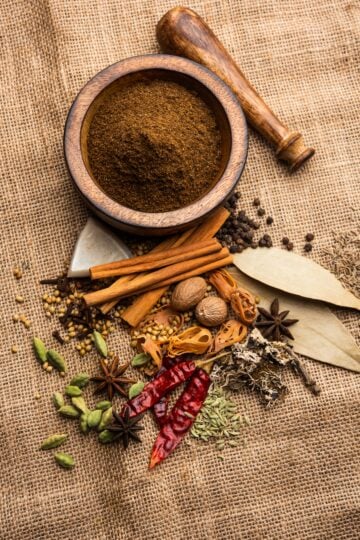
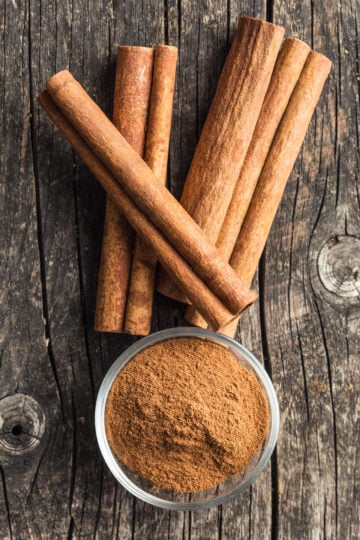
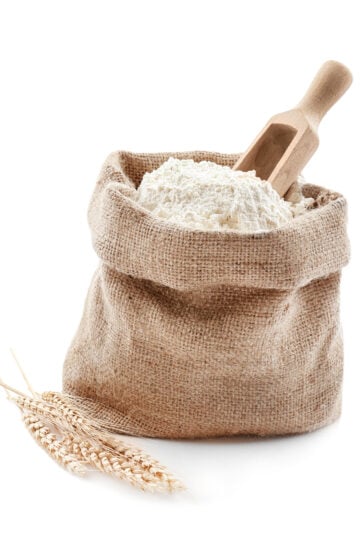
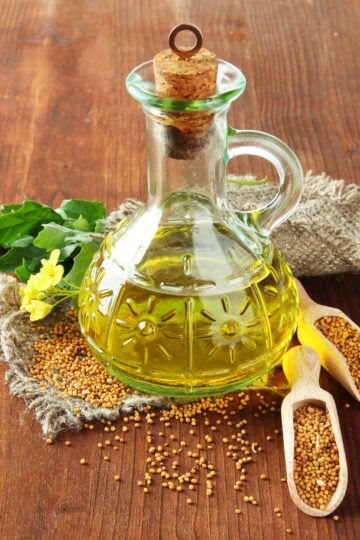
Have a question or something to share? Leave a comment below!